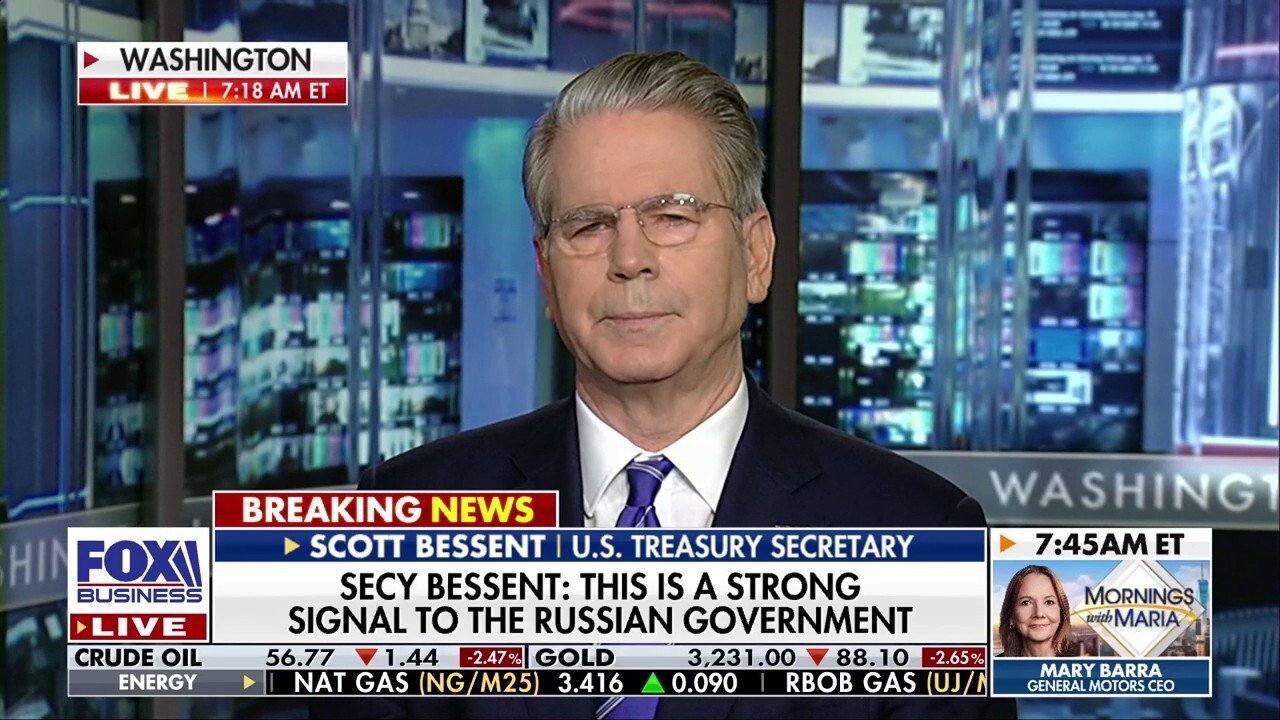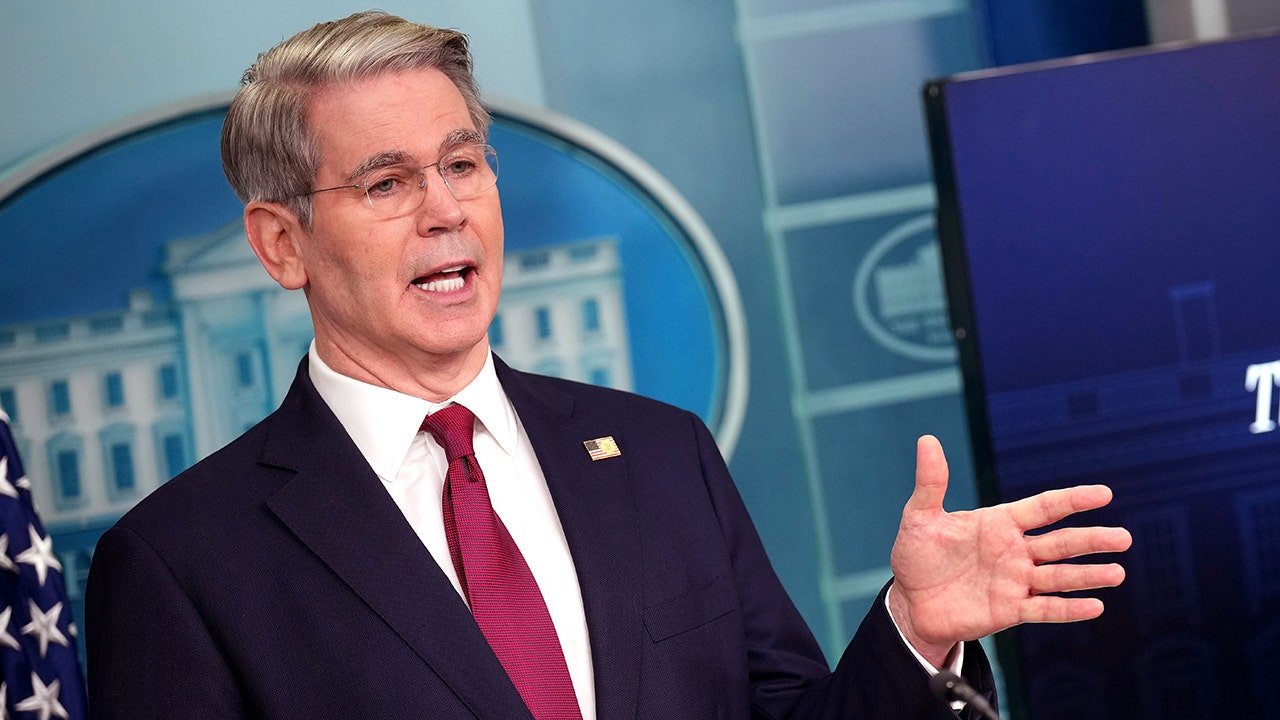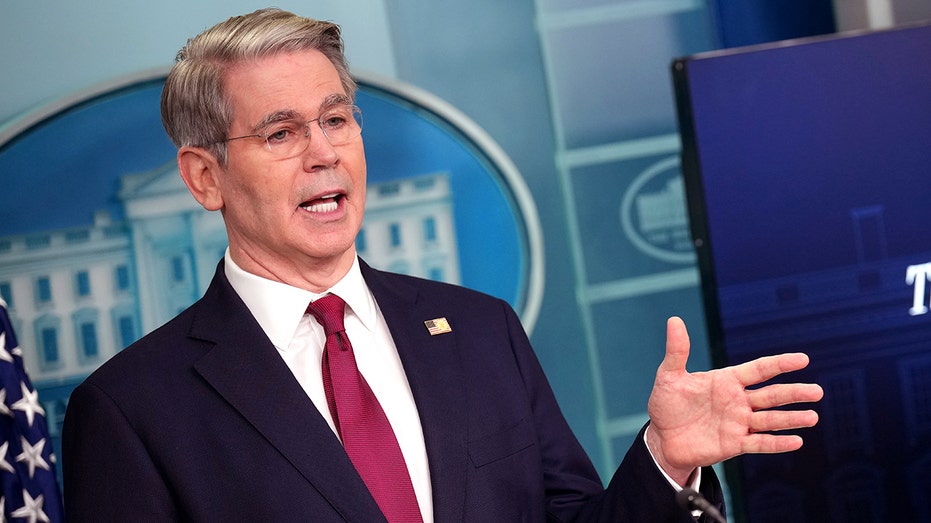## Level Up: Could a Trade Deal Reshape the Global Gaming Landscape?
The global gaming industry is a multi-billion dollar behemoth, a digital battleground where alliances are forged and fortunes are won. But behind the high scores and epic quests lies a complex geopolitical landscape.

Recently, whispers of a “big deal” to rebalance US-China trade barriers have sent ripples through the industry. Renowned investor Scott Bessent, speaking on Fox Business, hinted at a potential shift that could reshape the gaming playing field.

Could this “big deal” be the game-changer we’ve been waiting for? Will it level the playing field for American and Chinese developers, or will it create new challenges?
We delve into the potential impact of this trade deal, exploring how it could affect your favorite games, your console choices, and the future of the gaming world as we know it.
Let’s get gaming!The Current Landscape
The ongoing trade war between the United States and China has created a complex web of economic consequences. At the heart of the dispute lie significant tariffs imposed by both nations. China levies a 125% tariff on certain U.S. imports, while the U.S. retaliates with a 145% tariff on Chinese imports. These tariffs, implemented in phases, target a wide range of goods and have significantly impacted businesses on both sides.

Impact on U.S. and Chinese Businesses
For U.S. businesses, these tariffs have translated into increased costs for imported goods, squeezing profit margins and leading to higher prices for consumers. Industries reliant on Chinese components or raw materials, such as manufacturing and agriculture, have been particularly hard hit. Simultaneously, Chinese businesses face challenges from American tariffs, hindering their ability to export goods to the U.S. market, a major driver of their economic growth.
The ripple effects of these tariffs extend beyond the immediate participants. Global supply chains, heavily interwoven with both the U.S. and Chinese economies, are disrupted, leading to uncertainty and instability in international trade.

Trump’s Legacy
The trade war with China was a central feature of the Trump administration’s economic policy. President Trump argued that China’s trade practices were unfair and detrimental to American interests. He implemented tariffs as leverage to pressure China into making concessions on issues such as intellectual property protection and market access. The trade war had a profound impact on the global economy, disrupting trade flows and contributing to uncertainty.

Potential Continuation Under the Biden Administration
While President Biden has expressed a desire for a more collaborative approach to trade relations with China, the legacy of the Trump administration’s trade war continues to shape the current landscape. The existing tariffs remain in place, and the Biden administration faces the challenge of navigating this complex situation. Some analysts believe that the Biden administration may seek to revise or remove certain tariffs, while others anticipate a more cautious approach, focusing on targeted negotiations and addressing specific concerns.
Beyond the Headlines
The trade war between the U.S. and China is a multifaceted issue with deep historical and economic roots. Understanding the complexities of trade imbalances and the challenges of finding mutually beneficial solutions is crucial for navigating this challenging relationship.
Trade Imbalances
The U.S.-China trade relationship has long been characterized by a significant trade deficit in favor of China. This means that China exports more goods to the United States than it imports from the U.S. The Trump administration’s tariffs were intended to address this imbalance, but critics argue that tariffs are not an effective long-term solution and can harm both economies.
Finding Mutually Beneficial Solutions
Addressing trade imbalances requires a comprehensive approach that goes beyond simply reducing tariffs. Policymakers must consider a range of factors, including currency exchange rates, investment policies, and domestic economic policies. Finding solutions that benefit both the U.S. and China will require cooperation, compromise, and a willingness to address underlying structural issues.
A “Big Deal”: Rebalancing for a New Era
U.S. Treasury Secretary Scott Bessent has suggested the possibility of a “big deal” that could rebalance the U.S.-China economic relationship. This vision involves a shift in China’s economic model towards greater domestic consumption and a reduction in its reliance on exports.
The Vision for a New Economic Relationship
Bessent’s idea of “rebalancing” implies a more sustainable and equitable trade relationship between the two countries. It recognizes the need for China to reduce its trade surplus and promote more balanced economic growth. A successful rebalancing would require China to invest in its domestic market, encourage consumer spending, and foster innovation in areas such as technology and services.
The Role of Consumption
China’s economic growth has historically been driven by exports and investment. However, this model has reached its limits, leading to overcapacity in certain industries and a slowdown in growth. Shifting towards a more consumer-driven economy is essential for China to achieve sustainable and inclusive growth. Increased domestic consumption would boost demand for goods and services, creating new opportunities for businesses and workers in China and around the world.
Obstacles and Opportunities
While the concept of rebalancing is appealing, achieving it presents significant challenges. China’s economic system is deeply entrenched, and structural reforms will require political will and considerable effort. Moreover, the ongoing trade war and geopolitical tensions create uncertainty and complicate the path towards cooperation.
Conclusion
So, there you have it – Scott Bessent, a name synonymous with savvy investing, believes a “big deal” is brewing that could finally tilt the scales in the US-China trade war. He paints a picture of a potential agreement that tackles the longstanding issues plaguing this crucial economic relationship, focusing on rebalancing the playing field and fostering fairer trade practices. While specifics remain shrouded in mystery, the potential impact is undeniable.
A successful rebalancing could inject much-needed stability into the global economy, easing tensions and paving the way for smoother international commerce. It could also breathe new life into American businesses, offering them greater access to the Chinese market and potentially mitigating the ongoing supply chain disruptions. However, Bessent’s prediction comes with a dose of caution. He acknowledges the complexities inherent in such negotiations and the potential for unforeseen roadblocks. Ultimately, the success of this “big deal” hinges on the willingness of both sides to compromise and prioritize long-term stability over short-term gains. The world watches with bated breath, as the fate of this economic behemoth hangs in the balance.
Will this “big deal” materialize, ushering in a new era of cooperation? Or will the trade war continue to cast a long shadow over the global economy? Only time will tell. One thing is certain: the stakes are high, and the outcome will have profound implications for businesses, consumers, and the future of international trade.